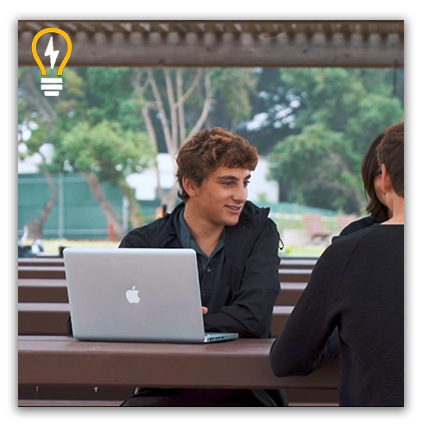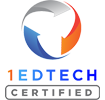
From the very beginning of K-12 digital learning, educators have innovated to increase opportunities for students, teachers, schools, and communities through virtual, hybrid, and blended learning. Over the past two decades, several key elements of success have become clear. We explore these ideas below.
The classroom should be a space for possibility.
Too many students see school and classrooms as confining, as a place where their interests are stifled. Flexible learning allows more students to thrive, providing new opportunities for students who don’t flourish in traditional classrooms. When students enter a learning space, whether that’s at home, in a traditional classroom, or somewhere else, they should take the lead in their own education.
Digital technology should be used purposefully, teachers should still teach, and students should collaborate and engage with one another to solve problems and think critically. These elements produce better student outcomes and communities filled with young adults prepared to enter the world.
Digital Technology Should Be Used Purposefully
When COVID-19 burst onto the scene and the pandemic began, schools and districts scrambled to serve their communities and keep learning going. Emergency virtual and hybrid learning took over, and as a result, many students, families, and educators struggled to keep up with rapidly changing procedures and unfamiliar technology. This was a crisis response to the pandemic, and schools and teachers should be lauded for their efforts.
However, this was understandably not the best that virtual, hybrid, or blended learning can offer and was not always thoughtful and purposeful use of technology. These flexible learning models approach learning differently, and technology is used to support student choice over pace, path, time, and place. When students have more agency in their learning, many students blossom for the first time.
Virtual, hybrid, and blended environments equip learners with easy-to-use tools to organize their learning and manage progress. Digital technology should provide students with a dashboard that lets them organize their workspace, with tools such as a calendar or to-do list so they can easily see what’s on their agenda for the day, week, or even the whole semester and plan ahead. Your technology should provide various ways for teachers to engage and provide feedback so the learning fits students’ unique goals and helps build organizational skills that will benefit them in school, careers, and life.
When technology is used purposefully, learning can also be personalized for students so they progress through courses at their own pace and use the digital scaffolds and supports they individually need to master content. Real-time feedback and data about progress and performance dynamically informs students about what they are doing well and what they need to rework. Data also informs teachers, providing them with information about when and which students need intervention or other support. Digital technology can also provide extra supports for teachers, supplying them with guidance for intervention, reteaching, and enrichment to further personalize learning.
Teachers Should Still Teach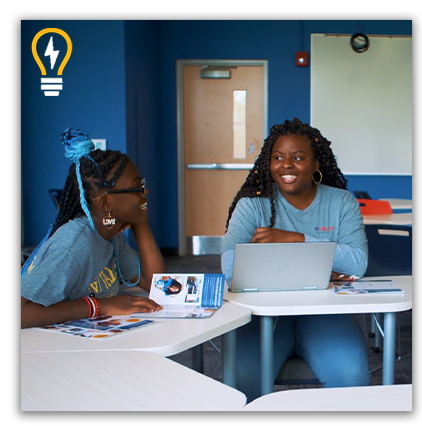
Teachers are essential to learning – whether that takes place in a physical classroom, virtually, or in a hybrid environment. Teachers are not settings managers. Teachers facilitate learning, but they are not facilitators working only in the background. No matter how or where students are learning, teachers play an important role.
Virtual, hybrid, and blended learning optimize ways for teachers to interact and engage with their students through individual, small, and whole-group learning. This may not look the same across the models—and that’s OK. The models are different and customizable for a reason, and students have different needs and motivations when they come to these learning spaces.
In a virtual environment, teachers may rely on digital feedback and comments on assignments, combined with direct inbox messaging through digital tools to ensure students receive the support needed. In a hybrid model, teachers may put students into small groups to work on project-based learning to apply critical concepts and thinking to solving real-world problems, while the teacher rotates between groups to provide support. Later on, the students would complete independent work using technology to support self-paced, personalized learning. These examples can occur in any of the learning environments, including traditional brick-and-mortar classrooms; the difference is that virtual, hybrid, and blended learning offer additional flexibility for teachers and students to design and engage in the learning that works for them.
When teachers can spend less time on busy work and more time engaging with their students in meaningful ways, everyone thrives.
Students Should Collaborate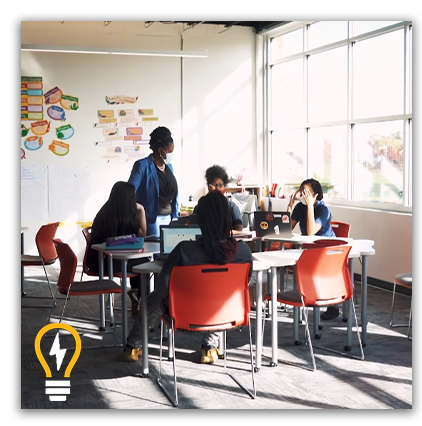
Why is it that some students choose virtual, blended, and hybrid learning models over traditional brick-and-mortar schooling? Some students choose these options for flexibility; to pursue interests outside of school; to catch up or get ahead academically, or perhaps to build different kinds of communities with their peers. Students have shared directly why they choose different types of schools and how it impacts their lives, and it is important to hear and consider their voices..
Flexible learning models imagine different ways for students to practice their skills in authentic environments and with more autonomy, innovatively taking advantage of pace, path, time, and place. These models encourage and empower students to collaborate and build strong peer-to-peer relationships. Authentic project-based learning, small group work, and other innovative uses of synchronous digital or in-person together time, provide opportunities for students to bond, work together to think critically, and solve real-world challenges, preparing them for life after school.
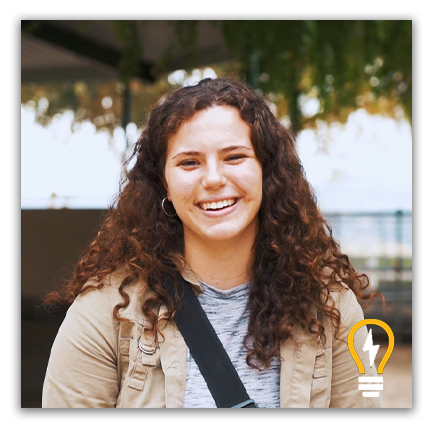
Flexible Learning Leads to Thriving Schools and Communities
It has been known for years that traditional school doesn’t work for many at-risk students, but one of the surprises from the pandemic was finding that other types of students thrived in the flexibility of remote, virtual, and hybrid learning. Rather than push for a complete return to traditional brick-and-mortar learning, now is the time to reimagine the learning space. Schools and districts can take this opportunity to offer innovative and flexible options for students and families who, for a variety of reasons, don’t want to go back to traditional school now or possibly ever—and may seek other options, including private schools, charter schools, homeschooling, or nothing if their local district doesn’t offer new opportunities.
